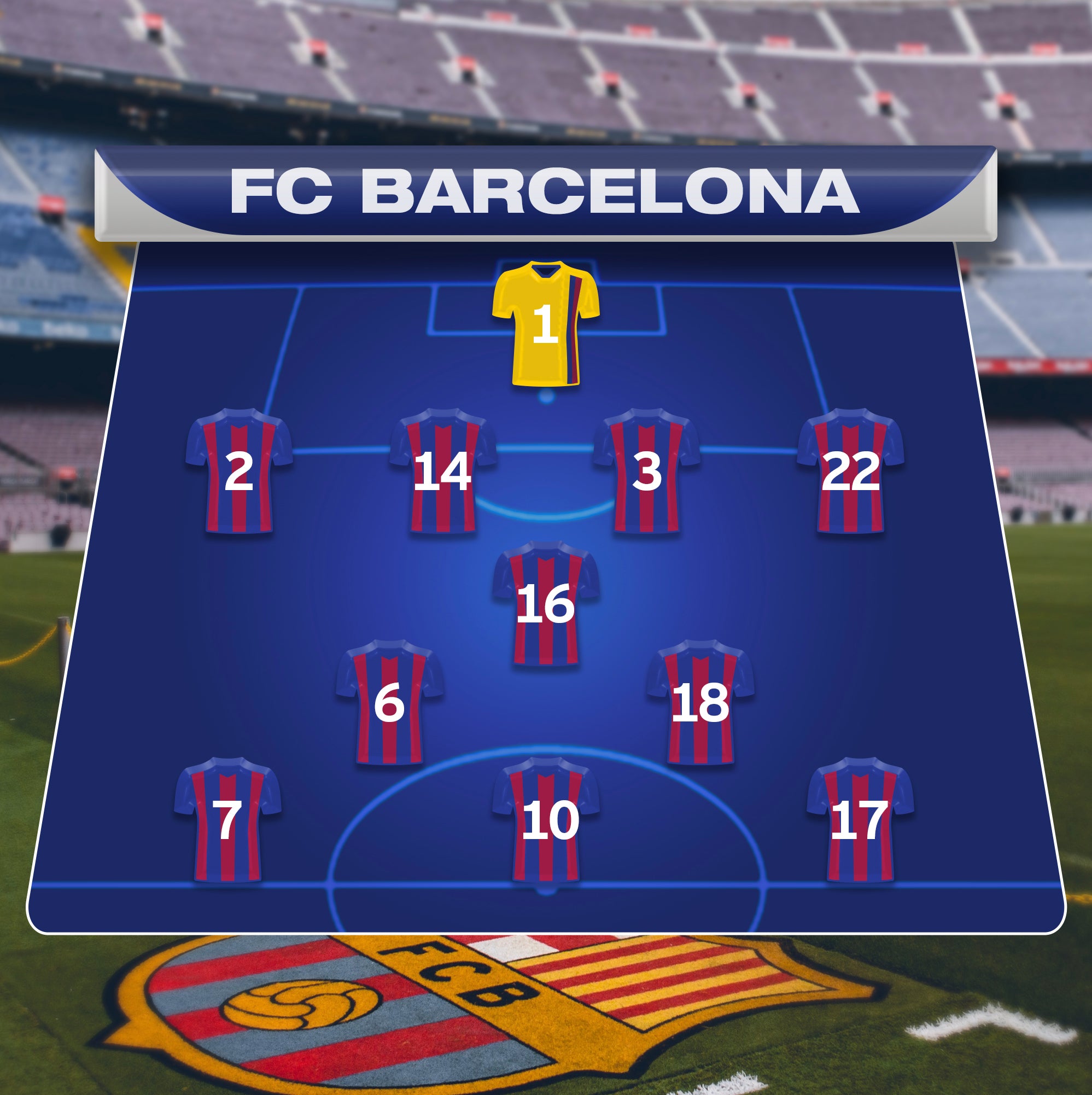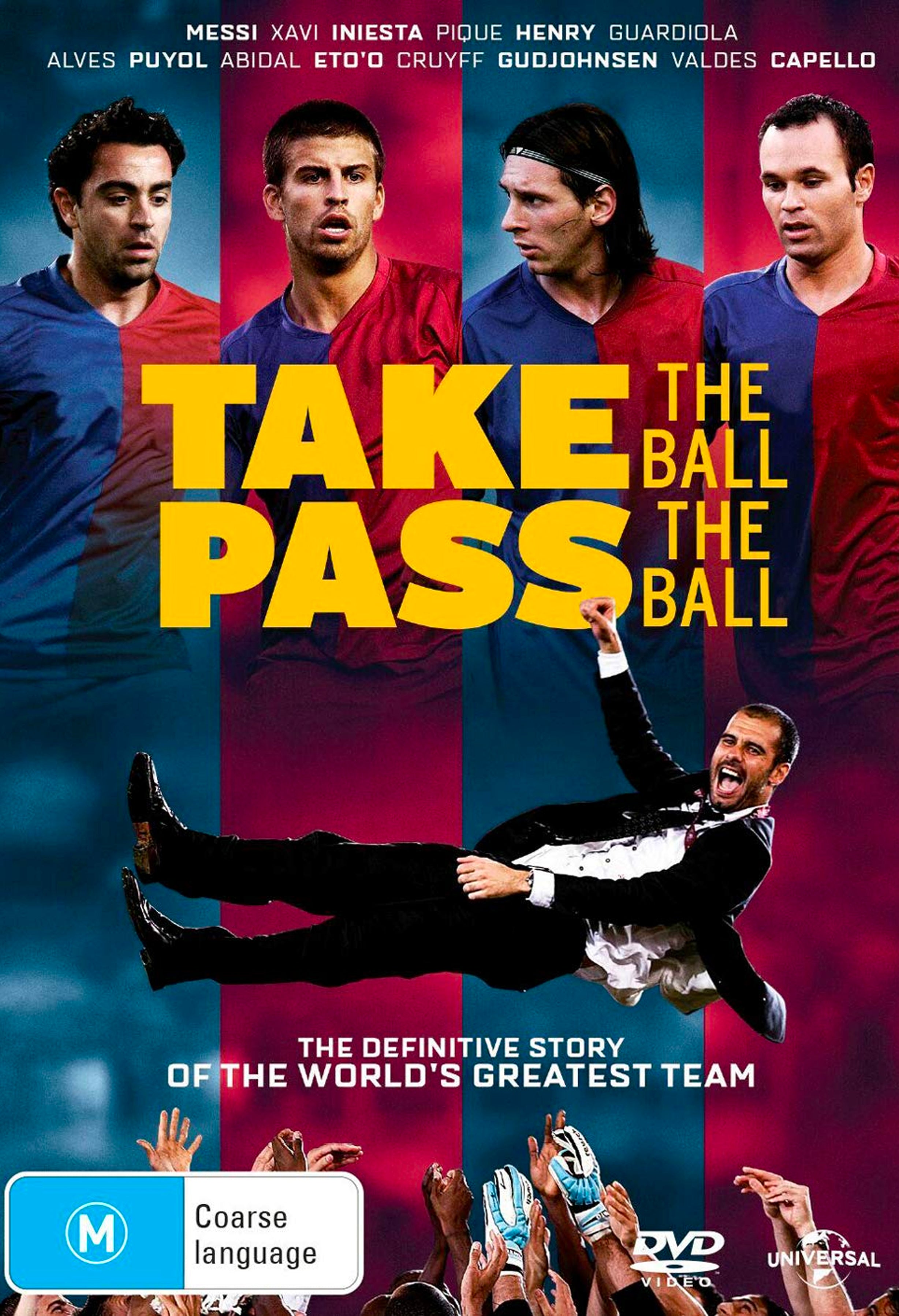
#FC BARCELONA
Guardiola’s Golden Age
Fan Ink
Mar 25, 21
Here, we list our Top 5 key ingredients to Guardiola’s epoch-defining team between 2008-2012:
Here, we list our Top 5 key ingredients to Guardiola’s epoch-defining team between 2008-2012:
2. Xavi-Iniesta Alliance - Xavi and Iniesta had a virtually telepathic understanding in the heart of Barcelona’s midfield. Teammates for both club and country, the two calmly developed one of the greatest and most reliable partnerships in football history, running rings (or triangles) around the opposition with breathtaking slight of feet. Deploying responsibility to Xavi and Iniesta was also an intelligent redistribution of pressure away from a notoriously introverted and enigmatic Messi, who enjoyed a breakout spell under Guardiola. As well as delivering velvety performances week in week out, Xavi and Iniesta remained consummate professionals of it, and emblematic of the kind of discipline Pep orchestrated at the time.
2. Xavi-Iniesta Alliance - Xavi and Iniesta had a virtually telepathic understanding in the heart of Barcelona’s midfield. Teammates for both club and country, the two calmly developed one of the greatest and most reliable partnerships in football history, running rings (or triangles) around the opposition with breathtaking slight of feet. Deploying responsibility to Xavi and Iniesta was also an intelligent redistribution of pressure away from a notoriously introverted and enigmatic Messi, who enjoyed a breakout spell under Guardiola. As well as delivering velvety performances week in week out, Xavi and Iniesta remained consummate professionals of it, and emblematic of the kind of discipline Pep orchestrated at the time.

3. Moving Messi to False 9 - Though maybe obvious now, at the time, dropping Messi to a deeper role as a false number nine was criticized even by some of his own teammates. As Guardiola saw it, Messi would be given more freedom to float in the seams, relying on his own uncoachable intuition to find space while the rest of the team remained tethered to positional duties. This marked another intelligent handling of Messi by Guardiola, that paid off in spades and in silverware.

“NOW STREAMING”

5. The Guardiola System - Barcelona had previously used a more circumspect 4-3-3 formation under Rijkaard that rested on the glittering performances of Ronaldinho and Eto’o. However, Guardiola changed that formation to a 3-4-3, with the central midfield serving as the nucleus of the entire game. He implemented a high-press, possession-based style of play, with renewed discipline and ever-abiding wingers who ran often without retribution, which required the total absence of ego. The Guardiola System of play, known as “tiki-taka” was not only seductive to watch, but was heralded as the golden era of complete football at Camp Nou. Check out the 2018 film, Take the Ball, Pass the Ball for more about Guardiola’s tactical realization of one of the best teams in history.
